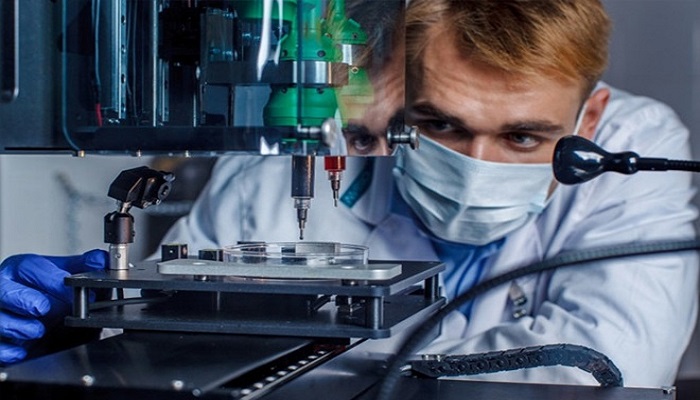
Scientists have designed a tiny, cost-effective sensor – built by using a 3D printer – that can monitor drinking water quality in real time and help protect against waterborne illnesses such as E coli infections.
These sensors are reliable and sturdy enough to provide accurate readings regardless of water pressure or temperature, researchers said.
The wireless sensors that report back to the testing stations, work independently, meaning that if one stops working, it does not bring down the whole system.
And since they are made by using 3D printers, they are fast, inexpensive and easy to produce, researchers said.
“This highly portable sensor system is capable of constantly measuring several water quality parameters such as turbidity, pH, conductivity, temperature and residual chlorine and sending the data to a central system wirelessly,” said Mina Hoorfar from University of British Columbia in Canada.
The new miniaturised water quality sensors are cheap to make and can operate continuously and can be deployed anywhere in the water distribution system, Hoorfar said.
Current water safety practice involves only periodic hand testing, which limits sampling frequency and leads to a higher probably of disease outbreak, Hoorfar said.
While many urban purification plants have real-time monitoring sensors, they are upstream of the distribution system.
Researchers note that the pressure at which water is supplied to the customer is much higher than what most sensors can tolerate. But the new sensors can be placed right at or within a customer’s home, providing a direct and precise layer of protection against unsafe water.

Post Your Comments